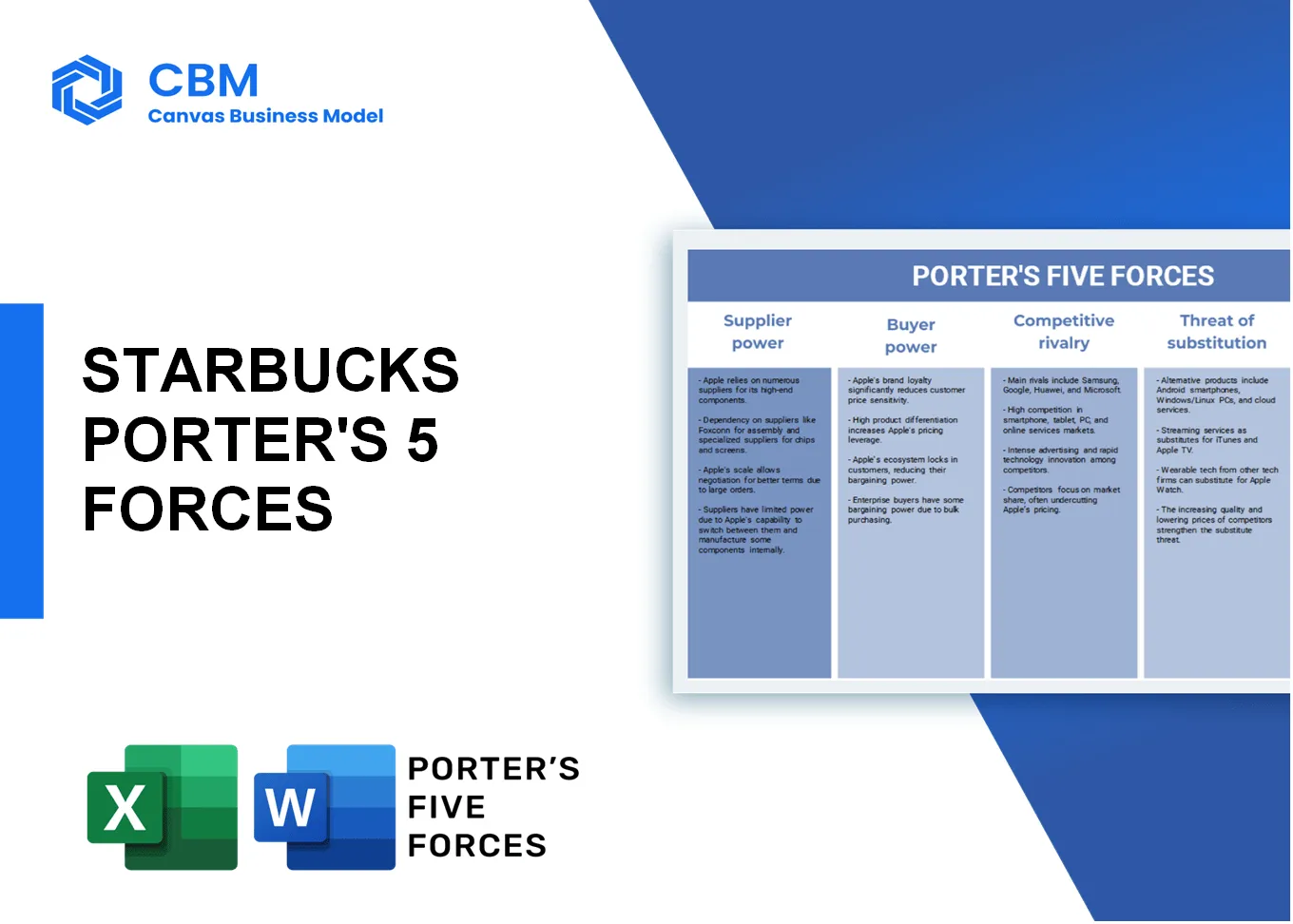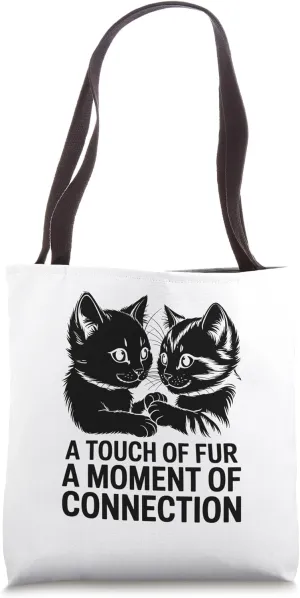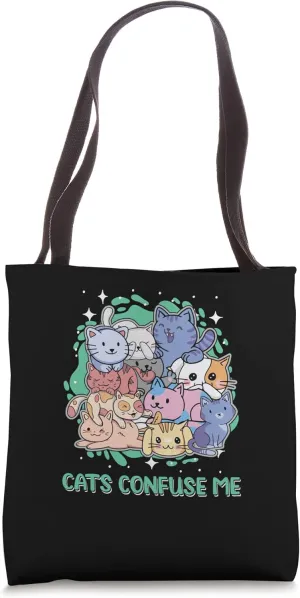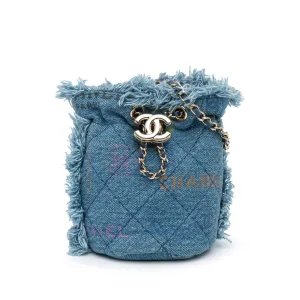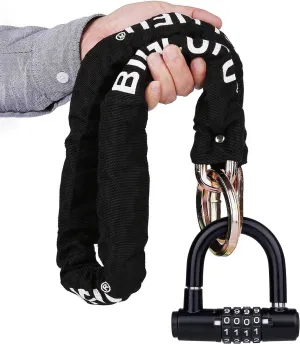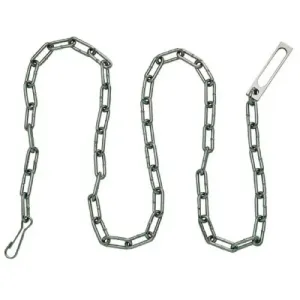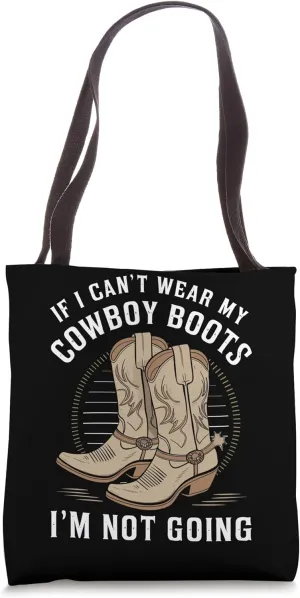In the intricate world of coffee retail, understanding the forces at play is essential for success. This blog post dives into Michael Porter’s Five Forces Framework as it relates to Starbucks, uncovering how the bargaining power of suppliers and customers, the competitive rivalry, the threat of substitutes, and the threat of new entrants carve the landscape of this global giant. Ready to explore these dynamics further? Read on to discover how they shape Starbucks' strategies and influence its market presence.
Porter's Five Forces: Bargaining power of suppliers
Limited number of high-quality coffee bean suppliers
The global coffee market is characterized by a limited number of suppliers specializing in high-quality coffee beans. According to the International Coffee Organization, as of 2022, around 40% of the world's coffee production is concentrated in Brazil and Vietnam, the two largest producers. This concentration emphasizes the influence of key producers in price negotiations.
Specialty coffee sourcing increases supplier influence
Starbucks sources a significant portion of its coffee from specialty suppliers. In 2021, approximately 35% of Starbucks' total coffee supply was sourced from specialty-grade offerings. This is crucial, as these suppliers often have more control over pricing due to the quality and unique characteristics of their products.
Coffee price volatility affects supplier negotiations
The coffee market has seen significant price fluctuations. The average price for Arabica coffee in 2022 peaked at $2.60 per pound, following a surge in demand and supply chain disruptions caused by climate-related events. Such volatility gives suppliers leverage during negotiations, allowing them to dictate terms based on current market prices.
Strong relationships with growers ensure consistent quality
Starbucks invests in maintaining relationships with coffee growers through its Coffee and Farmer Equity (C.A.F.E.) Practices. As a result, in 2021, Starbucks reported that 99% of its coffee was ethically sourced, indicating a firm commitment to fostering sustainable relationships that provide quality assurance and stability in supply.
Potential for suppliers to integrate forward into retail
There is an observable trend of coffee suppliers considering forward integration into the retail space. For instance, companies such as Peet's Coffee and Blue Bottle Coffee have ventured into direct-to-consumer models. If these suppliers were to escalate their retail efforts, it could lead to increased competition for Starbucks, accentuating supplier power.
| Year | Global Coffee Production (Bags) | Price per Pound (Arabica) | Specialty Coffee Percentage | Ethically Sourced Coffee Percentage |
|---|---|---|---|---|
| 2021 | 175 million | $2.40 | 35% | 99% |
| 2022 | 180 million | $2.60 | 36% | 99% |
| 2023 | 185 million (est.) | $2.50 (est.) | 37% | 100% |
[cbm_5forces_top]
Porter's Five Forces: Bargaining power of customers
High customer expectations for product quality and service
Starbucks customers expect a high-quality product, with 80% of consumers stating that product quality is a crucial factor in their purchasing decisions. According to a customer satisfaction survey from 2022, Starbucks scored 81 out of 100 in product quality.
Brand loyalty mitigates customer bargaining power
Starbucks boasts a loyalty program with approximately 26 million active members. In 2021, customers enrolled in the Starbucks Rewards program made up over 50% of the U.S. transactions, indicating significant brand loyalty that diminishes price sensitivity.
Availability of alternatives increases customer choice
The specialty coffee market is highly competitive, with an estimated $45.4 billion in revenue in 2022. Alternatives include Dunkin', Peet's Coffee, and countless local coffee shops. Approximately 40% of consumers consider brand variety when selecting a coffee provider.
Social media amplifies customer voice and feedback
Starbucks has over 36 million followers on Twitter and 24 million followers on Instagram, creating a robust channel for customer feedback. A 2021 survey indicated that 70% of customers are likely to post their experiences on social media, influencing potential buyers.
Price sensitivity among budget-conscious consumers
Approximately 34% of U.S. consumers reported being more price-sensitive in their coffee purchases post-pandemic. With drinks averaging between $4.00 to $6.50, Starbucks faces pressure from budget-minded clientele, particularly from younger demographics.
| Customer Expectation | Statistical Data | Impact on Bargaining Power |
|---|---|---|
| Product Quality | 80% of consumers value quality | Increases expectations |
| Loyalty Program Members | 26 million active members | Reduces price sensitivity |
| Market Revenue | $45.4 billion specialty coffee market | Increases competition |
| Social Media Presence | 36 million Twitter followers | Enhances customer feedback |
| Price Sensitivity | 34% are more price-sensitive | Increases bargaining power |
Porter's Five Forces: Competitive rivalry
Numerous global and local coffee shop competitors
As of 2023, Starbucks operates over 34,000 stores globally, facing competition from more than 20,000 independent coffee shops in the United States alone. Major competitors include Dunkin' (with over 12,000 locations), Peet's Coffee, and local cafe chains.
Intense competition on product quality and innovation
In 2022, Starbucks introduced more than 100 new products globally, including seasonal beverages and food items, while Dunkin' launched around 50 new items. The emphasis on premium quality is reflected in Starbucks’ revenue, which for the fiscal year 2022 reached $32.25 billion.
Aggressive marketing strategies among leading brands
Starbucks allocated approximately $1.5 billion to marketing and advertising in 2022, while competitors like Dunkin' spent about $600 million. The effectiveness of these marketing strategies is evident as Starbucks' customer loyalty program, Starbucks Rewards, boasts over 26 million active members in the U.S.
Price wars in certain geographical markets
Price competition has intensified particularly in metropolitan areas. For instance, in New York City, a medium latte at Starbucks averages around $5.25, while Dunkin' offers a similar product for approximately $4.00. This has led to a price-sensitive consumer base, especially among younger demographics.
Strong brand identity fosters customer loyalty
Starbucks ranks as the third most valuable brand in the world, valued at approximately $40 billion in 2023. The company enjoys a customer loyalty rate of about 37%, significantly higher than its competitors, indicating a robust brand identity that translates into repeat business.
| Company | Number of Locations | Marketing Spend (2022) | Revenue (2022) | Brand Value (2023) |
|---|---|---|---|---|
| Starbucks | 34,000 | $1.5 billion | $32.25 billion | $40 billion |
| Dunkin' | 12,000 | $600 million | $1.4 billion | |
| Peet's Coffee | over 200 | Not publicly disclosed | Estimated $300 million | Not publicly disclosed |
Porter's Five Forces: Threat of substitutes
Availability of home brewing equipment and coffee pods
The market for home brewing equipment and coffee pods has expanded significantly, mirroring consumer demand for convenience and quality. In 2022, the global coffee machine market was valued at approximately $8.6 billion and is projected to grow at a CAGR of 4.5% from 2023 to 2030. The single-serve coffee pod market is particularly noteworthy, with estimates suggesting it generated revenues of around $4.2 billion in the U.S. alone.
| Year | Global Coffee Machine Market (USD) | Single-Serve Pod Market (USD) |
|---|---|---|
| 2021 | $8.4 billion | $4.0 billion |
| 2022 | $8.6 billion | $4.2 billion |
| 2023 (Projected) | $8.9 billion | $4.5 billion |
Growth of alternative beverage options (e.g., tea, smoothies)
Consumers are increasingly turning to alternative beverage options such as tea and smoothies, leading to a decline in traditional coffee consumption. For instance, the global tea market was valued at approximately $200 billion in 2020 and is expected to reach $250 billion by 2025, growing at a CAGR of 5.0%. Additionally, the smoothie market has been on the rise, estimated to be worth around $10 billion as of 2021.
Increased health consciousness may shift preferences
Health trends continue to impact consumer choices, with many seeking healthier beverage options. For example, the market for plant-based beverages is projected to grow significantly, with sales expected to reach $21 billion in the U.S. by 2024. This shift towards health-conscious consumption is evidenced by the increasing popularity of beverages like kombucha, which saw a growth of around 25% annually from 2018 to 2021.
Convenience of ready-to-drink coffee products
The ready-to-drink coffee (RTD) sector has experienced substantial growth, driven by convenience. In the U.S., the RTD coffee market was valued at approximately $2 billion in 2021 and is forecasted to grow to $4 billion by 2025. This growth reflects the changing preferences of consumers who prioritize convenience and portability in their beverage choices.
| Year | RTD Coffee Market (USD) |
|---|---|
| 2021 | $2 billion |
| 2022 | $2.5 billion |
| 2025 (Projected) | $4 billion |
Innovative non-coffee beverages entering the market
The beverage industry has seen the introduction of innovative non-coffee drinks that cater to diverse consumer preferences. Examples include energy drinks and herbal teas, which have gained traction among health-focused consumers. The energy drink market alone was valued at approximately $61 billion in 2021 and is projected to exceed $84 billion by 2026, reflecting significant opportunities for substitution.
- Energy Drink Market Value (2021): $61 billion
- Projected Energy Drink Market Value (2026): $84 billion
- Herbal Tea Market Growth (2021-2026): CAGR of 5.6%
Porter's Five Forces: Threat of new entrants
High startup costs associated with coffee shop franchises
The initial investment required to open a coffee shop can be significant. According to the International Franchise Association (IFA), the average startup cost for a Starbucks franchise ranges from $500,000 to $1,000,000, which includes costs for equipment, inventory, and location expenses. Additionally, ongoing royalty fees can be up to 6% of gross sales, creating a financial barrier for many potential entrants.
Existing brand loyalty creates barriers for new entrants
Starbucks enjoys high consumer loyalty, with a brand value of approximately $41 billion in 2021, as per Brand Finance. The company's loyalty program, which boasts over 23 million members, adds to this loyalty, creating a strong hurdle for new entrants to overcome.
Access to prime retail locations can be challenging
Prime retail locations in urban areas come at a premium, with rental rates often exceeding $100 per square foot annually in high-traffic locations. For example, a flagship Starbucks store in New York City pays over $1 million annually for its location. This makes it difficult for new entrants to secure desirable spots.
Regulatory hurdles in food and beverage industry
The food and beverage industry is subject to a plethora of regulations that can deter new entrants. Compliance with health regulations, food safety standards, and local licensing requirements can cost startups up to $50,000 in initial legal and consulting fees. In addition, according to IBISWorld, the industry is affected by labor laws, which can add further complexity.
Established supply chains favor existing competitors
Starbucks has established a robust supply chain with over 30,000 suppliers worldwide. This supply chain provides advantages such as negotiated prices on high-quality raw materials like Arabica coffee beans, which can cost $1.50 per pound, compared to the spot market prices that new entrants would face. A newly-established coffee shop may struggle to find competitive suppliers willing to provide similar quality and pricing.
| Factor | Impact on New Entrants | Current Statistics |
|---|---|---|
| Startup Costs | High initial investment deters entry | $500,000 - $1,000,000 |
| Brand Loyalty | Consumer attachment to existing brands | $41 billion brand value, 23 million loyalty members |
| Location Costs | High rental costs limit choices | Over $100 per square foot in urban areas |
| Regulatory Costs | Compliance burdens and costs | Initial costs up to $50,000 |
| Supply Chain | Difficulty in securing quality materials | $1.50 per pound for Arabica beans |
In conclusion, the dynamics surrounding Starbucks reveal a complex interplay of bargaining power among various stakeholders. With a limited number of high-quality suppliers and customers armed with high expectations, the competitive landscape is both challenging and evolving. Starbucks must navigate intense rivalry in a saturated market while staying vigilant against the threat of substitutes and new entrants. By leveraging its strong brand identity and maintaining robust supplier relationships, Starbucks can continue to adapt and thrive in a rapidly changing environment.
[cbm_5forces_bottom]

